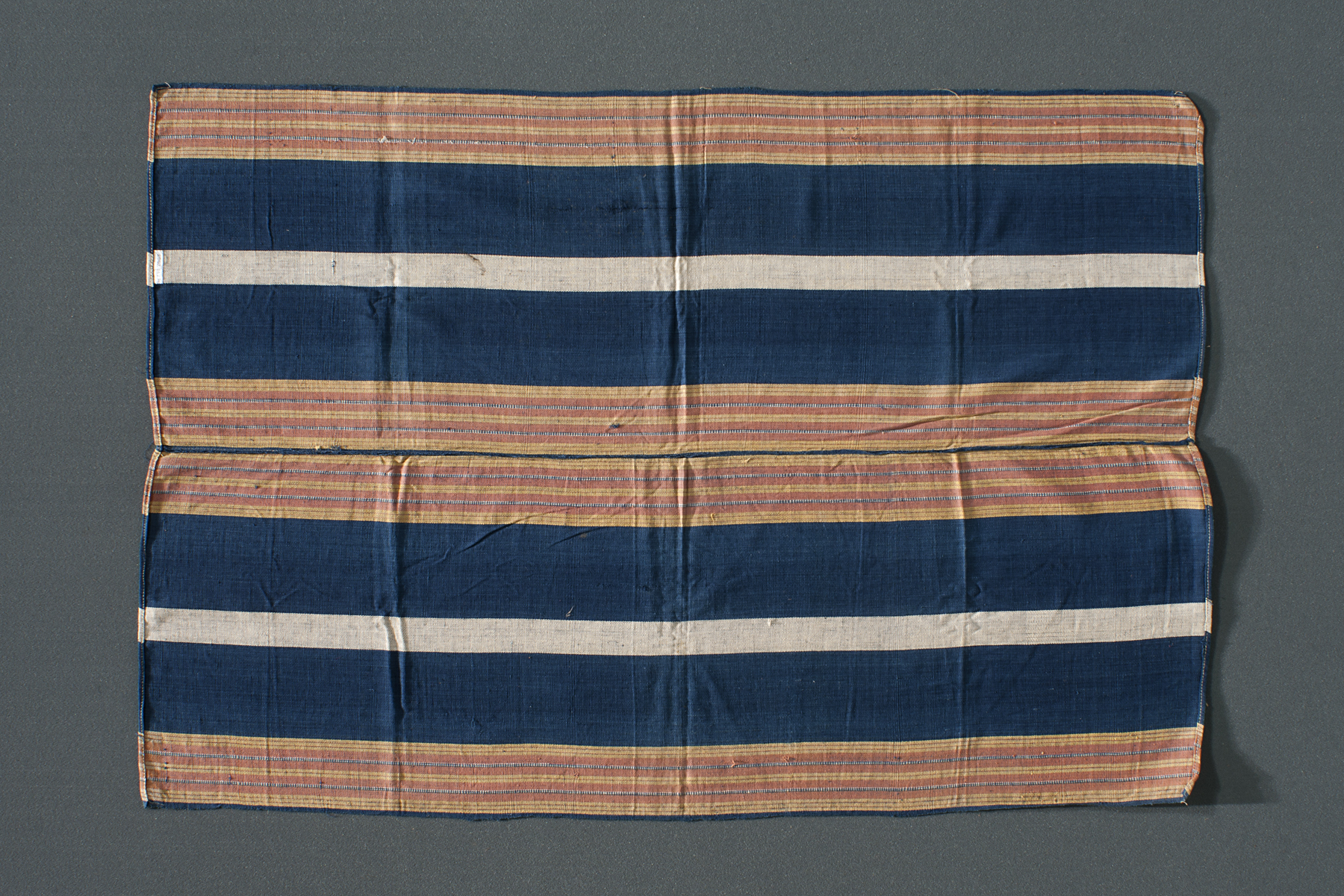skirt, unrecorded Ifugao artist
Artwork Overview
unrecorded Ifugao artist, artist
skirt,
late 1800s–1921
Where object was made: Bontoc, Philippines
Material/technique: weaving; cotton; dyeing
Dimensions:
Object Length/Width (Length x Width): 110 x 75 cm
Object Length/Width (Length x Width): 29 1/2 x 43 5/16 in
Object Length/Width (Length x Width): 110 x 75 cm
Object Length/Width (Length x Width): 29 1/2 x 43 5/16 in
Credit line: Gift of Ray Wick
Accession number: 2007.3672
Not on display
If you wish to reproduce this image, please submit an image request

